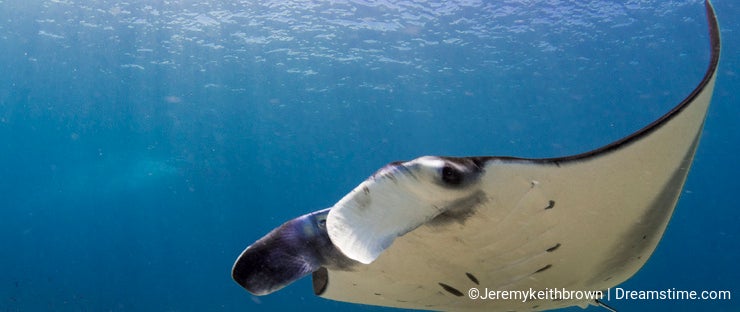

Edy and his colleagues assessed the accuracy of those reports by quantifying reef manta population trends in the Dampier Strait and South East Misool, the two Raja Ampat MPAs where they had the most ray survey data. Two years later, the Indonesian government declared the reef and giant manta rays nationally protected species.Īnecdotal reports indicated these conservation efforts had shielded Raja Ampat’s reef mantas from fishing.

In 2012, the area was announced as Southeast Asia’s first shark and ray sanctuary.
REEF MANTAS SERIES
Ray conservation efforts in Raja Ampat began in earnest in 2007, when the local government and other stakeholders began to implement a series of marine protected areas (MPAs) across the islands. A new study led by University of Auckland doctoral candidate Edy Setyawan heralds more good news for Indonesia’s manta rays and highlights how the country’s conservation efforts have established a safe haven for reef and giant manta rays ( Mobula birostris) in the Raja Ampat Islands. In May 2022, researchers announced they had identified an aggregation of nearly 1,100 reef manta rays in Komodo National Park, likely catapulting the park’s waters into the list of top locations for mantas in the world. But a new study of reef manta rays in eastern Indonesia’s Raja Ampat archipelago, combined with an exciting discovery from Komodo National Park further west earlier this year, suggests reef mantas are following a different - and more encouraging - trajectory in the Southeast Asian country’s waters. Therefore the livestock of Manta Rays experiences a decline due to fishing, effects of climate change and habitat degradation.įacing the threat to these species, IUCN (International Union for Conservation of Nature) ranked the livestock of the Reef Mantas as “Vulnerable”.Ocean-dwelling sharks and rays, including the majestic reef manta ray ( Mobula alfredi), have declined globally by an estimated 71 per cent since 1970 due to fishing. Unfortunately many Reef Mantas are taken as by catch or just die painfully in fishing nets. And as is so often the case, their biggest enemy are still the humans, who abuse their gills producing Chinese medicine. Since they are pretty big and only sharks belong to their natural predators. In contrast to other kind of Rays, this smooth animal is not armed with a poison sting.

It is important to emphasize that this species does not represent any danger to humans, they nourish themselves from plankton and little fish. Enthusiastic comments describe their encounter as “magic”, “unforgettable” and swarm of their curiosity and at the same time also about their calm manner. Even though you are not diving, grab your fins and start your snorkel adventure to look for the gentle giant. With a bit of luck you’ll have the chance to see this unique animal, floating quietly through the water on “Manta Point” in Nusa Penida. Did you know that Mantas have the biggest brain of all fish and that they are considered as very intelligent?
REEF MANTAS SKIN
They spend the majority of their time in cleaning stations (special sectors of a reef) where small cleaning fish clean them by eating parasites, dead skin and bacteria off of their skin. In comparison to other fish they deliver only every 2,5 years. What is quite surprising, is the birth rate of a Manta Ray. Living in shallow water along the coastal reefs, the Reef Manta feels comfortable in subtropical, tropical as well as temperate oceans and can live up to 25 years. The females are word- for- word the more powerful gender, because they grow bigger than male Manta Rays.īali posses the second- largest species of Rays:” The Reef Manta” (Manta alfredi), which is smaller than the Oceanic Manta Ray. This impressive species can become 5 to 9 meters long (including their tail), whereby their span can amount up to 7 meters. None of these dives sites is as popular as Nusa Penida having the chance to meet magic Manta Rays.


 0 kommentar(er)
0 kommentar(er)
